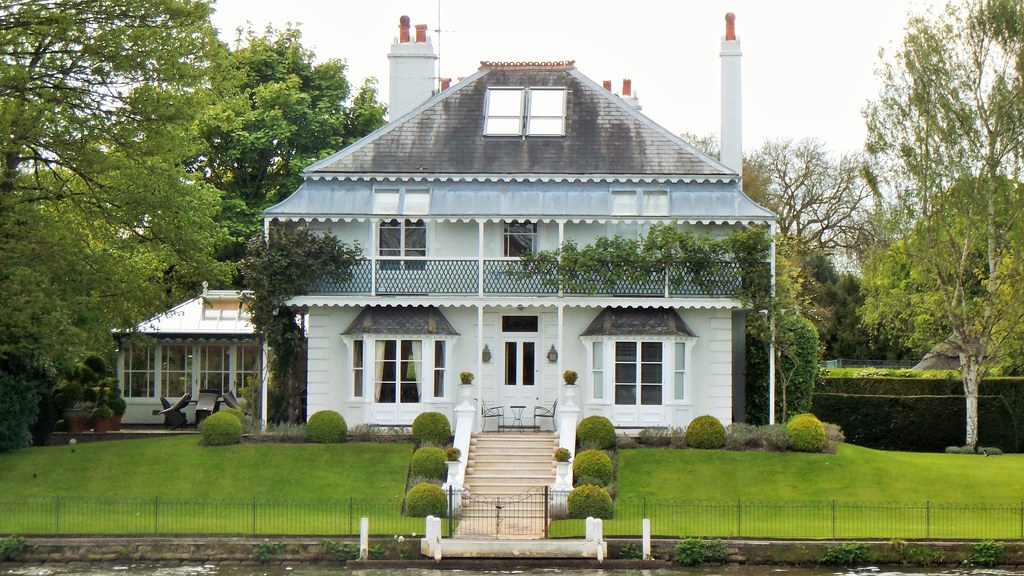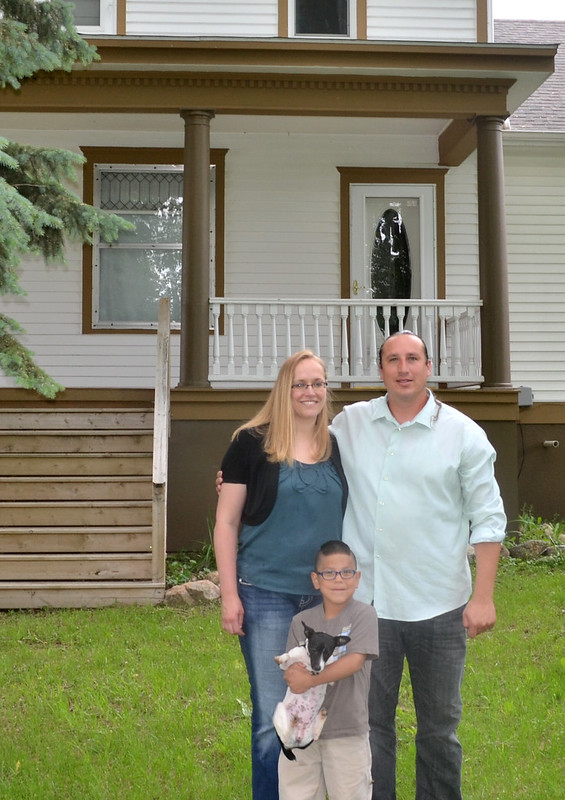You’re all set to buy a house, but what kind of mortgage is right for you? For some, a conventional loan’s the way to go. For others, an FHA loan may be a better bet.
You can get either kind of loan from a bank or credit union, but FHA loans are insured by the Federal Housing Administration. These mortgages are designed to help promising home buyers who have less than 20 percent for a down payment or have imperfect credit.
Let’s take a look at conventional loan rates, mortgage approval, and the down payment you’ll need.
A conventional or FHA loan isn’t your only set of options, of course. VA, USDA , and other loans are also available, but these are the two most common.
What Is a Conventional Loan? (Also Known as a “Conforming Loan”)
A conventional loan is offered by a bank rather than a US government agency. While these loans are often backed by Fanny Mae (the Federal National Mortgage Association — FNMA) and Freddie Mac (Federal Home Loan Mortgage Corporation — FHLMC), they still originate from the bank. This type of mortgage is also called a “conforming loan” because they’re offered by banks, but they conform to standards set by Fanny Mae and Freddie Mac.
Conventional Loan Rates and Down Payment:
Conforming or Conventional loans have the benefit of greater flexibility, great rates, and lower total costs. There is a conventional loan option for about 60 percent of those who seek a mortgage, according to My Mortgage Insider, here are some of the features of this type of loan:
- You can use a conventional loan to buy a primary residence, second home, or rental property.
- Conventional loans are available at fixed rates for 15 or 30 years.
- Down payments as low as 3%.
- No monthly mortgage insurance with a down payment of at least 20%.
- Lower mortgage insurance costs than an FHA loan.
- Mortgage insurance is cancelable when home equity reaches 20%.
If you are looking at getting a conventional loan, you are going need money down. That down payment is going to be a healthy chunk of the cost of the total loan, to get a great mortgage rate you will need between 5 and 20 percent down. Most loans that finance more than 80 percent of the total home value are going to require private mortgage insurance (PMI).
Note: Banks also offer adjustable rate mortgages (ARMs), which are a good option in some situations. For more information, see: Should I Get an Adjustable Rate Mortgage? Here’s the Bottom Line.
One of the most popular ways to get a conforming loan is a 30-year fixed loan. The interest rate stays the same for the life of the loan, which will take 30 years to pay back. For most conventional loans, you will ideally want a 20-80 (20 percent down, 80 percent financed) loan. Though, if you are willing and able to cover the cost of PMI, you can do 10-90 or even 5-95 loans. Another common way to go is a 15-year fixed or adjustable rate mortgage.
Click here to compare 15 and 30-year rates with this Navy Federal mortgage calculator. Bankrate also has a great tool for comparing interest rates for mortgages and other types of loans.
How Do I Qualify for a Mortgage Approval?
The first thing to do is get your credit in good order. Scores of over 740 pretty much guarantee you loan approval if you can afford the payments. But if you don’t have a killer score, you still need to raise it as much as you can. Make sure that your monthly debt (bills) plus your probable monthly mortgage payment, won’t exceed around 40 percent of your income, that will help you show you can afford it.
If you can’t get a conventional loan or don’t want to put such a high down payment out, look into a different loan type, like a USDA, FHA, or VA loan. These loan types are easier to qualify for because they’re backed by the U.S. government.I
Loans Through Federal Agencies
The FHA (Federal Housing Administration), USDA, FmHA (Farmer’s Home Administration, and VA all offer different programs to help Americans buy homes by insurance or assuring that the loan will be paid back through a guarantee. These loans are usually fixed, in both terms and rates.
What is an FHA Loan?
Since FHA loans are insured by the Federal Housing Administration, they’re especially popular with first time home buyers. These loans make it easier for those of us with less-than-perfect credit or little money for a down payment to get out of the rent trap and become a homeowner. They also usually require private mortgage insurance payments, to protect the lender from the buyer defaulting. Banks see people with lower credit scores and lower down payments as more likely to default.
For more information about FHA loans and a list of approved lenders, click here
Minimum credit score: You need at least a minimum 580 credit score to qualify for no down payment, below that you will need to have at least 10% down.
FHA Loan Rates and Downpayment
FHA rates and down payments vary with the amount of your loan. Down payments can run from 3.5 to ten percent, depending on your credit score. There is also a 1.75 percent fee (on the total loan amount) that you pay upfront, but that can be added to the loan itself. You can compare rates here.
FHA Loan Eligibility Requirements
You need at least a minimum 580 credit score to qualify for no down payment, below that you will need to have up to 10% down. FHA loans help people get into homes when they would have problems getting a conventional loan, but they do have specific elibility requirements.
And, FHA loans require that both the house you are buying and yourself meet the following requirements:
- Steady employment history or work history with the same employer for past two years
- Lawful residence, a valid social security number, and be of legal age to sign a mortgage where you live
- A minimum of 3.5 percent down, though that money can be gifted to you by a family member
- To get a new FHA loan you must plan on using the home as your primary residence
- An FHA-approved property appraisal must be done on the property you wish to buy
- Your total monthly payment, including mortgage payment plus HOA fees, property taxes, mortgage insurance, and homeowners insurance, should be less than 31 percent of your income. It can go up to 40 percent, with lender approval. You will have to provide justification to the lender as to why you are an acceptable risk. The lender must add those justifications to your approval.
- Your total monthly debt, mortgage and credit card, car, and student loan payments, etc. should be less than 43 percent of your total income. This can go up to 50 percent, as above, you will need to prove to the lender that going over 43 percent is doable for you.
- again, that 580 FICO score (credit score) and a 3.5 percent down payment.
- If you don’t have a 580, you can still pay a higher down payment, borrowers must have a minimum credit score of 500-579 for maximum Loan to Value ration of 90 percent with a minimum down payment of 10 percent.
- If you have had a bankruptcy, typically you need to have two years out and have re-established your good credit. If there were extenuating circumstances beyond your control, and you can show you have managed money well, a lender may help you with only one year between you and that bankruptcy.
- If you have had a foreclosure, you will typically need to wait at least three years and have built your credit back up before you can get an FHA loan. Not being able to sell your home because you had to move to a new area, does not qualify as an exception to the three-year foreclosure guideline.
- If the home you are purchasing does not meet FHA standards and the seller will not agree to the required repairs, your only option is to pay for the required repairs at closing (to be held in escrow until the repairs are complete).
FHA vs Conventional Loan: What Works for Me?
When it comes to choosing between a conventional and FHA loan, you have to take a lot of things into consideration. Now you know, that conventional loans require great credit, and a down payment, which can be difficult for people with challenged credit or without a large sum of money to put down. FHA loans bring homeownership into reach for those who may not have perfect credit or the cash to lay down on a new home.
Whichever way you choose to go, you are going to want to choose a lender with a good customer service track record. Most lenders are competitive with their interest rates, not all of them are in it for the homeowners.
VA Loans and USDA Loans Too!
If you are a veteran or active duty in the military, or a qualifying surviving spouse, you could qualify for a VA loan, backed by the Department of Veterans Affairs. VA loans do require pretty strong credit, scores in the high 600s, and both the buyer and homes must pass all requirements. The loan rates and eligibility rest on not only the years of service, number of years served, and your discharge status.
USDA loans are also a great option for people who don’t live in urban or metropolitan areas, (click here to see if you live in an area that USDA loans are available). These loans are designed to improve rural areas by making homeownership possible for people who may have trouble getting a traditional loan.
Featured image: CC by 2.0 Tim Parkinson via Flickr,



